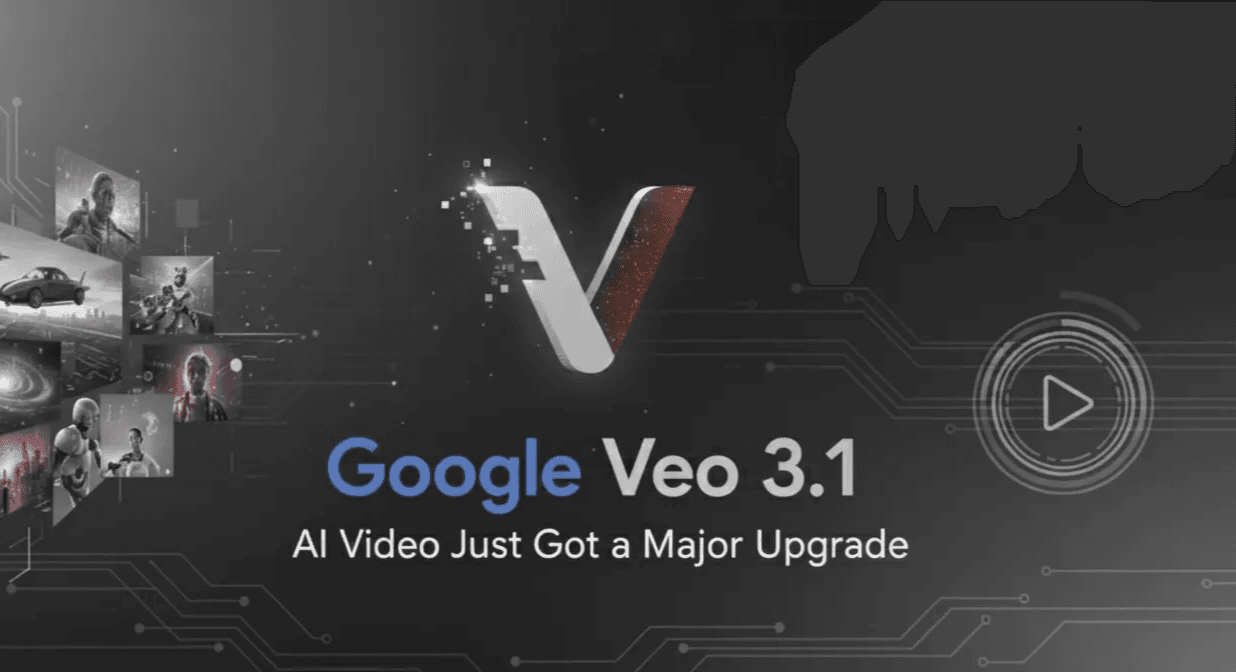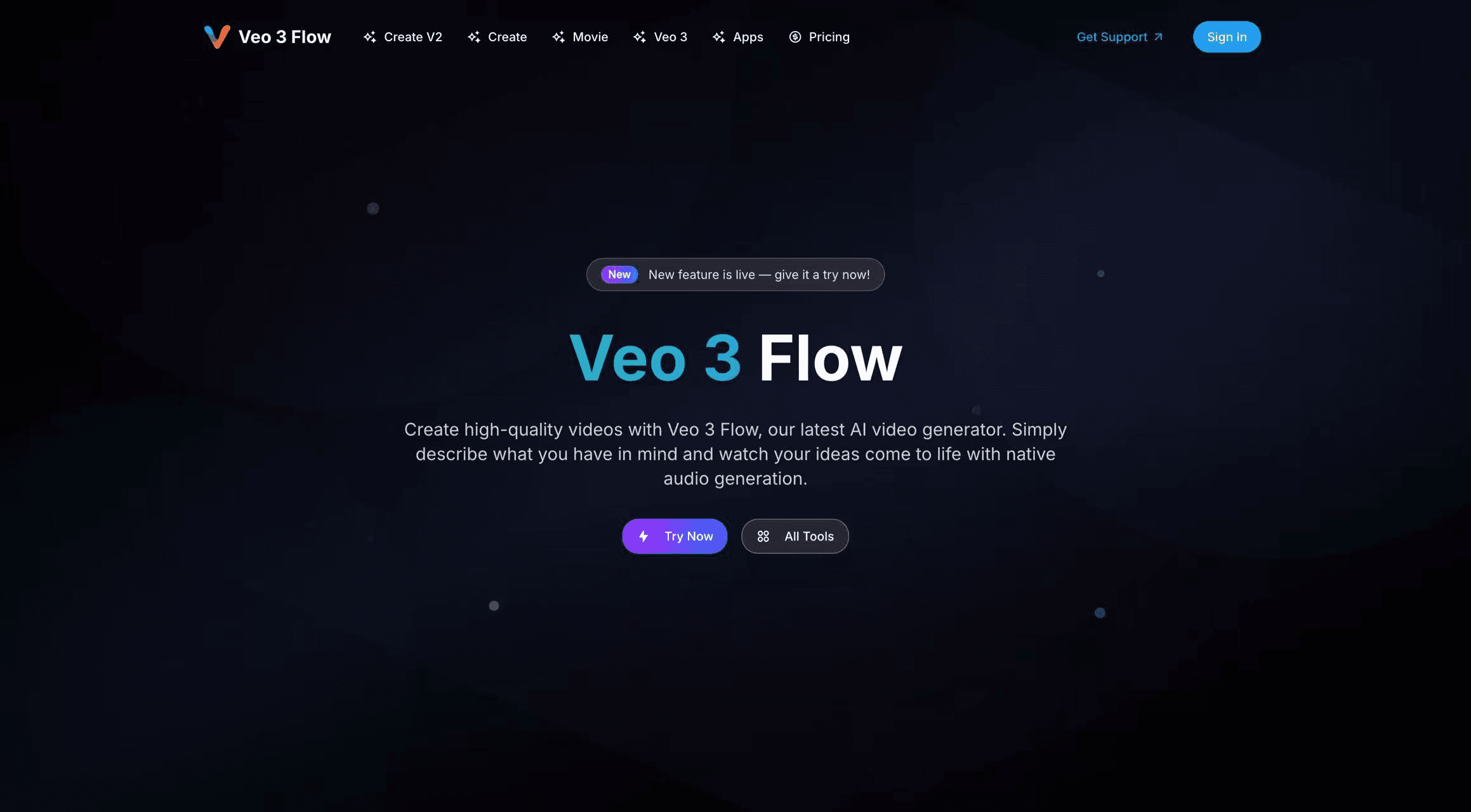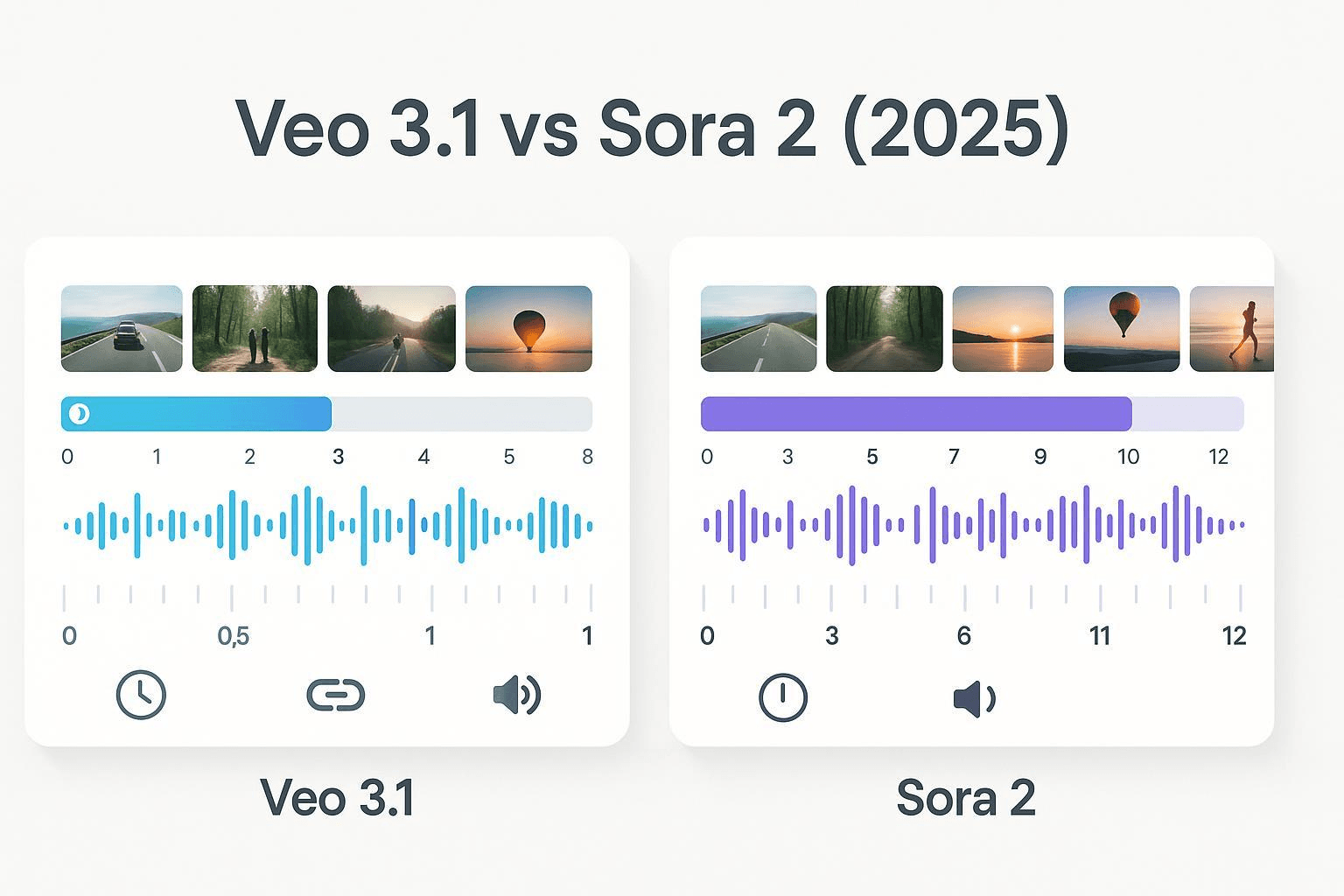Google Unveils VEO-3: Next-Gen AI Video Model
- Author
- Published on
The landscape of generative AI video is heating up, with giants battling for dominance. For months, OpenAI’s Sora has set the benchmark for photorealism. Now, Google has strategically entered the professional arena with the optimized upgrade, Veo 3.1, launching it via the Flow AI filmmaking platform and the Gemini/Vertex AI APIs.
Are you tired of generating stunning micro-scenes only to struggle with continuity and audio synchronization? Google is addressing these crucial workflow challenges head-on. By shifting the focus from raw visual fidelity to narrative control and technical reliability, VEO 3.1 is positioning itself as the creator’s ally for longer, more complex, and more integrated video projects.
This guide breaks down the core technical advantages of Veo 3.1, compares it directly against its top competitor, Sora 2, and explores the innovative editing environment that makes Google’s offering a serious contender for enterprise and professional creators.
VEO 3.1: Technical Breakthroughs

Google engineered Veo 3.1 to solve common headaches in generative video, particularly around runtime and integrated sound. Its key features point toward a future of streamlined post-production and enhanced creative control.
1. Extended Continuous Duration ⏱️
One of the most immediate differentiators is video length. Veo 3.1 can produce up to 60 seconds of continuous, coherent footage,
This length significantly exceeds the typical 10–20 seconds offered by competing models like Sora 2, making Veo 3.1 far more suitable for generating full scenes or commercial spots without relying heavily on tricky interpolation between short clips.
2. Native Audio-Visual Synchronization 🔊
Traditional AI video often requires complex post-compositing to add audio, leading to noticeable delays. Veo 3.1 introduces the Spatio-Temporal Audio Coupling Algorithm.
This breakthrough resulted in an audio-visual error margin under 0.1 seconds in tests, dramatically surpassing Sora 2's average delay of 0.3 seconds in post-composite audio syncing.
Early clips showcasing complex sounds, such as a lava roar, confirmed this "perfect rhythm" native audio synchronization.
3. Improved Biomechanical Accuracy and Consistency
Under the hood, Veo 3.1 utilizes a 5-layer local + 1-layer global attention architecture to maintain scene and character consistency across complex, longer shots.
For creators dealing with realistic motion, Veo 3.1 demonstrated 89% biomechanical accuracy in benchmark tests for complex motion prompts, improving significantly from its predecessor, Veo 3.
The Flow AI Filmmaking Toolset

Google understands that generating a video is only the first step. The Flow AI Filmmaking Toolset is a cohesive platform that integrates Veo 3.1 with Imagen and Gemini models, offering an end-to-end environment for iterative refinement.
New features in Flow directly respond to creator demand for greater artistic control and in-scene editing:
- Extend: Seamlessly generates continuous video up to a minute or more, pushing toward complex narrative structures.
- Insert: Allows users to add new elements (objects, creatures) into an existing scene, with the AI handling details like shadows and scene lighting for natural integration.
- Frames to Video: Enables precise guidance by allowing users to input specific starting and ending frames, generating smooth, in-between footage, which is perfect for simulated camera movements or guided transitions.
- Ingredients to Video: A modular approach to generating individual assets (characters, props) and assembling them into cohesive scenes.
VEO 3.1 vs. Sora 2: The Professional vs. The Realist

The choice between Veo 3.1 and Sora 2 largely depends on your use case: are you optimizing for narrative continuity and technical reliability, or prioritizing cinematic photorealism?
While Sora 2 excels at micro-realism, Veo 3.1 offers a macro advantage: longer runtime and smoother storytelling. Conversely, Sora 2 still holds the benchmark for pure realism, particularly in handling natural lighting and fluid human movement.
Comparison of Next-Gen AI Video Models
| Feature | Google Veo 3.1 (via Flow) | OpenAI Sora 2 | Implication for Creators |
|---|---|---|---|
| Max Continuous Duration | Up to 60 seconds via chained "extend" features. The single-generation cap is typically 8 seconds. | Up to 25 seconds for a single clip in Sora 2 Pro. | Veo's strength is in creating longer, narrative-driven content by chaining shots, while Sora 2 Pro offers the longest single-clip duration. |
| Audio Synchronization | Native audio generation with synchronized sound effects, dialogue, and ambient sounds. | Generates video and audio together natively. | Both models integrate audio natively, which is a major advantage for reducing post-production work. |
| Focus | Narrative control, controllable shots, and enterprise workflows. | Cinematic realism, visual fidelity, and physics-aware motion. | Veo 3.1 is well-suited for creators who need precise control and longer, narrative-driven content, while Sora 2 is favored for its realistic and physically consistent short clips. |
| Provenance/Ethics | Mandated SynthID watermarking to trace AI-generated media. Content restrictions are enforced. | Enforces watermarking, metadata, and safety filters. Strict content restrictions block prompts related to graphic or suggestive imagery, violence, and copyrighted material. | Both platforms are actively working on safety and governance. Veo's SynthID provides a clear method for tracing content. Sora's strict content filters, while aimed at safety, can sometimes limit creative freedom. |
Implications for the Future of AI Media
The launch of Veo 3.1 via the Gemini API and Google Cloud Vertex AI is a clear signal: Google is targeting enterprise adoption. This move transforms AI video from a consumer novelty into a viable professional asset for advertising and marketing.
However, accessibility remains a challenge. Access to Flow and Veo 3.1 requires a subscription to the Google AI Ultra plan, priced at $250 per month. This price point clearly defines the target market as professional studios and high-volume creators.
Veo 3.1 is carving out a distinct role: the professional creator's ally. Its focus on narrative depth, technical reliability (like native audio sync and improved physics), and multi-prompt parsing represent meaningful steps toward professional-grade AI video tools.
Conclusion: Choosing Your AI Video Future
Google's VEO 3.1 is not just keeping pace with competitors like Sora 2; it is establishing a new paradigm focused on the end-to-end workflow. For creators who prioritize longer shots, perfect audio synchronization, and powerful in-scene editing tools provided by the Flow platform, VEO 3.1 presents a technically superior, enterprise-ready option.
As AI development continues to accelerate, choosing the right tool requires deep technical expertise. If you are ready to integrate cutting-edge generative AI models like VEO 3.1 or need complex enterprise system integration, our expert team can guide your digital strategy. Take a free consultation at Devkind to see how AI video can revolutionize your content production.
Frequently Asked Questions
Our Services
AI Model & Product Integration
Don't just read.
Let's work together. Build smarter.
Recent Blog Posts
AI Agents and Google Workspace Flows: The Future of No-Code Automation is Here
AI agents inside Google Workspace are flipping automation on its head. With Google Workspace Flows powered by Gemini, teams can build intelligent, no-code workflows that reason, analyze, and execute multi-step tasks across Gmail, Sheets, Drive, and more.
Beyond BaaS: Appwrite's Developers' Cloud The Single Platform for the Entire Product Lifecycle
Appwrite’s new Developers’ Cloud goes beyond BaaS, offering one unified platform to Imagine, Build, Deploy, Observe, and Protect apps. It cuts tool fragmentation, speeds delivery, and gives dev teams a single home for backend, frontend, monitoring, and security.
Amazon Web Services Quick Suite:AI-Powered Insights and Automation.
Amazon Web Services (AWS) just dropped Quick Suite, an AI-powered workspace that fuses business intelligence, generative AI, and no-code automation. It’s built to help teams instantly turn insights into action, all inside one smart, connected ecosystem.